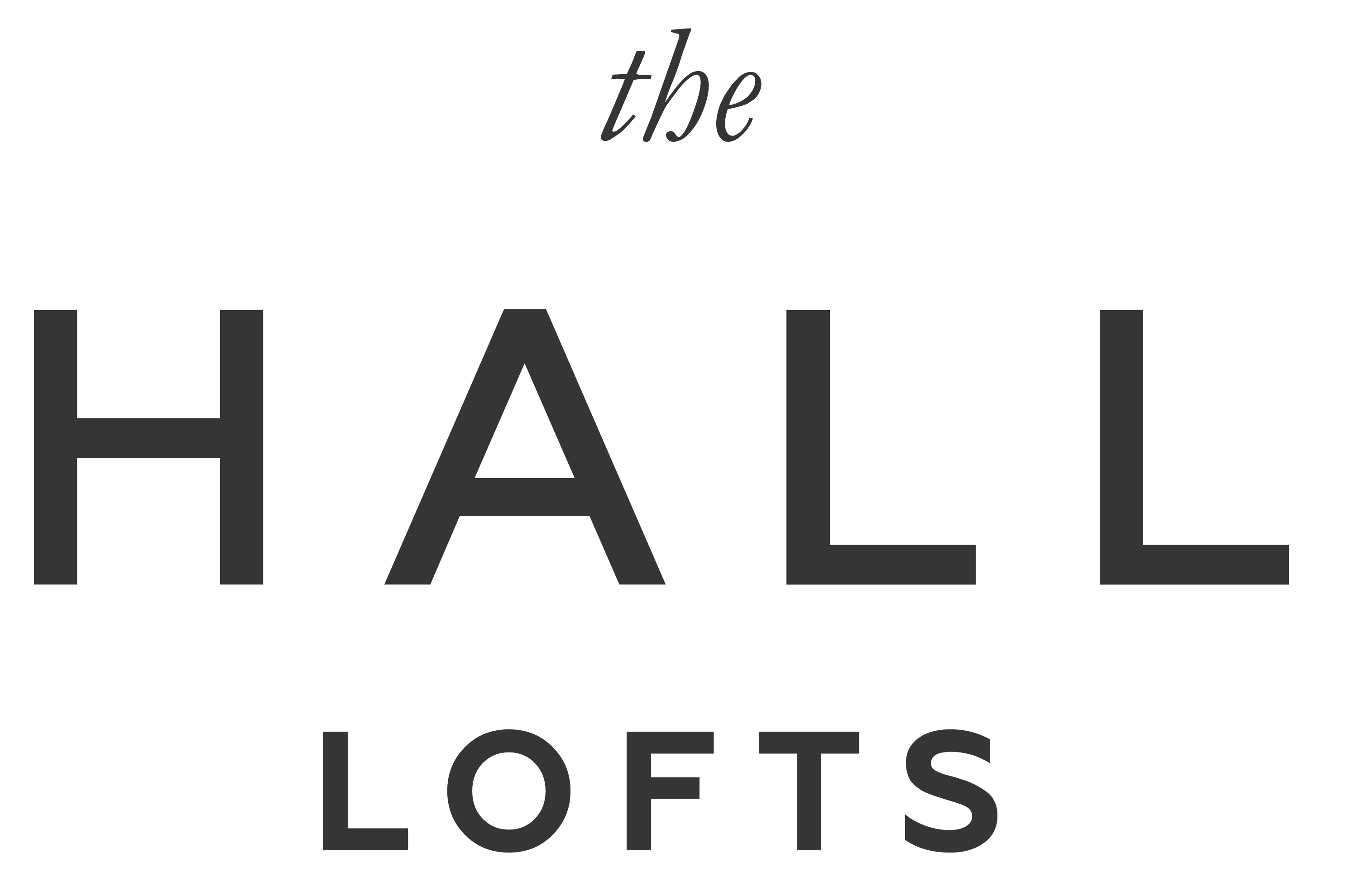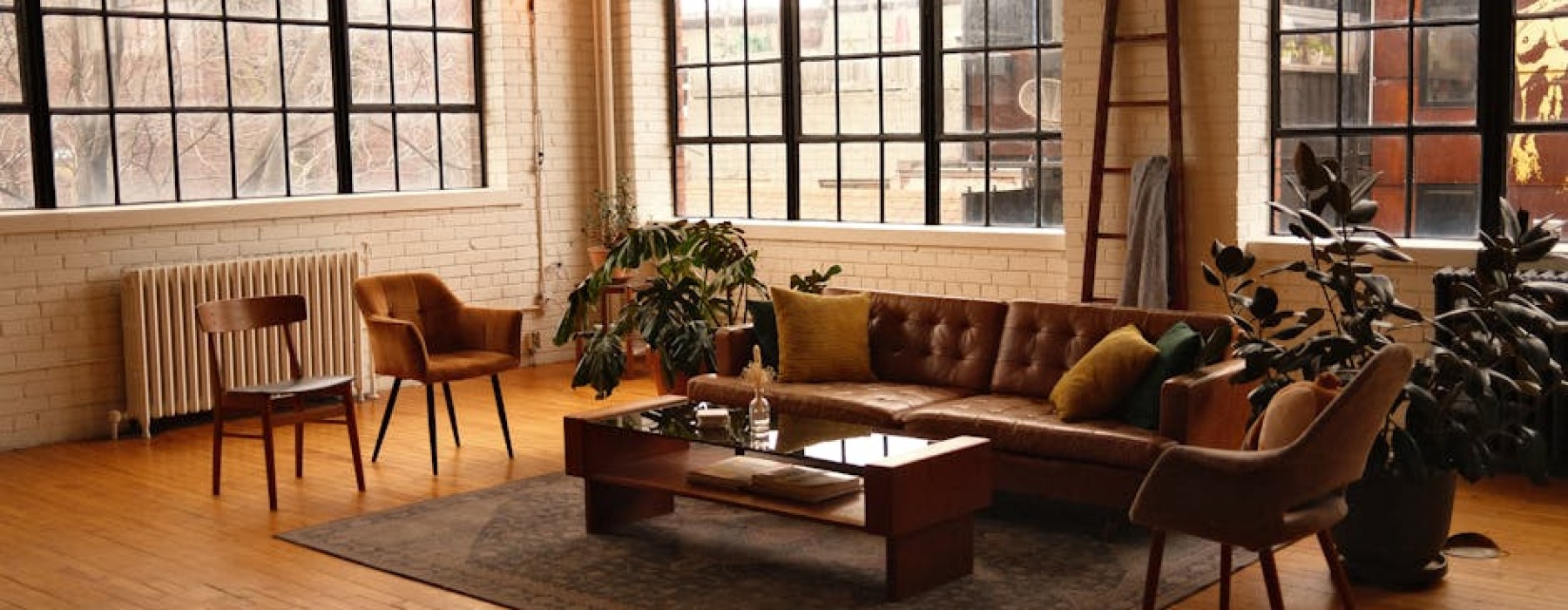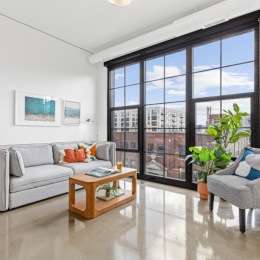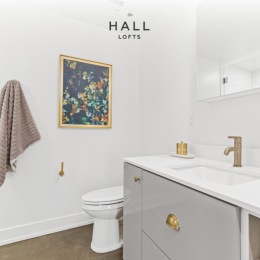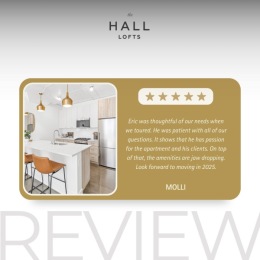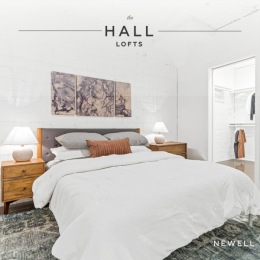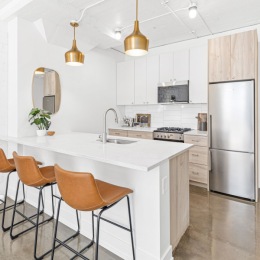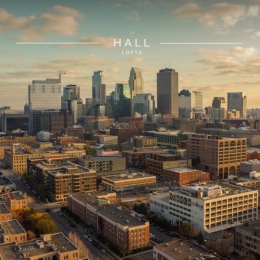Why Industrial Lofts Minneapolis Are Taking Over the City
Industrial lofts Minneapolis offer a unique blend of historic charm and modern living that's attracting urban professionals across the Twin Cities. These converted warehouses and factories feature exposed brick walls, soaring ceilings, and open floor plans that create spaces unlike traditional apartments.
Top Minneapolis Industrial Loft Neighborhoods:
- North Loop - Home to Smyth Lofts, Security Warehouse Lofts, and The Hall Lofts
- Warehouse District - Features Dock Street Flats and ElseWarehouse
- Northeast - Includes The Archive with 200 apartments and live+work spaces
- Longfellow - Houses A-Mill Artist Lofts in a historic mill complex
- Prospect Park - Home to Factory Lofts with 23-foot ceilings
These buildings typically offer studio to 4-bedroom layouts with signature features like polished concrete floors, factory windows, and in-unit laundry. Many buildings welcome pets and provide amenities like rooftop decks, fitness centers, and heated parking.
The conversion trend started with buildings like Security Warehouse Lofts, originally built in 1903 and converted to residential lofts in 2004. Today, Minneapolis has over 15 major industrial loft buildings across different neighborhoods, each preserving unique architectural elements while adding modern conveniences.
What makes these spaces special is their authentic industrial character - think 12+ foot ceilings, exposed brick and timber beams, and massive windows that flood spaces with natural light. The open floor plans offer flexibility that traditional apartments can't match.
What Sets an Industrial Loft Apart?
The first thing that strikes anyone visiting industrial lofts in Minneapolis is the visual drama. True industrial lofts draw on the city’s rich warehouse heritage and reimagine it for contemporary living.
Key elements that set industrial lofts apart:
- Exposed brick walls that tell stories of a bygone era.
- Timber or steel beams that once held up factory floors.
- Ceilings soaring 12 feet and higher, giving every room a sense of air and possibility.
- Oversized factory windows that invite sunlight to dance across the space.
- Open-concept floor plans that make it easy to personalize and adapt your home.
Many of these homes are found in properties that have undergone careful adaptive reuse, blending the best of old and new.
Explore more about Warehouse Loft Style Apartments.
Signature Features in Every True Loft
Industrial lofts Minneapolis are not just about looks—they’re packed with functional features:
- Polished concrete or original hardwood floors for lasting durability.
- Ductwork and mechanicals on display for that urban, “unfinished” appeal.
- In-unit laundry and high-speed internet.
- Smart home technology for climate, security, and lighting control, seamlessly integrated into historic spaces.
It’s this mix of tactile history and modern comfort that defines true loft living.
Where to Find Industrial Lofts Minneapolis
Industrial lofts Minneapolis are not limited to one corner of the city—they’re woven into the fabric of several dynamic neighborhoods, each with its own vibe.
Top Neighborhoods:
- North Loop: The undisputed heart of the loft movement, home to dozens of warehouse conversions.
- Warehouse District: Steps from Target Field and the river, with a legacy of grain mills and garment factories.
- Northeast: A creative hub with live+work lofts and a flourishing arts scene.
- Longfellow: Riverfront mills now house artist communities and families alike.
- Prospect Park: Where warehouse chic meets student vibrancy near the University of Minnesota.
All these areas are connected by transit lines, bike boulevards, and the Mississippi river trails for easy, car-optional living.
Find more details at Warehouse Apartments.
North Loop: Epicenter of Industrial Lofts Minneapolis
The North Loop isn’t just a neighborhood—it’s a lifestyle. With its cobblestone streets and historic brick facades, this area is the epicenter of industrial lofts Minneapolis.
- Walk to Target Field, craft breweries, and some of the city’s best restaurants.
- The Cedar Lake Trail and Mississippi riverfront are right outside your doorstep for biking, running, and weekend trip.
- Art galleries and coffee shops fill old warehouses, creating a vibrant street scene.
Find more about Industrial Warehouse Apartment.
Beyond Downtown: New Pockets for Industrial Lofts Minneapolis
While the North Loop reigns supreme, other neighborhoods are stepping into the spotlight:
- Creative Corridor (Northeast): Known for its live+work lofts and public art.
- Prospect Park–UMN: Home to student-focused lofts with sky-high ceilings and amenities.
- Longfellow: Former grain mills now host thriving artist communities.
- Bike boulevards and transit connections make these pockets just as accessible as downtown, minus the hustle.
10 Industrial Loft Buildings That Turn Heads
Minneapolis has a host of standout industrial loft buildings, each with its own distinct character. Here are 10 that continually draw attention for all the right reasons:
| Building Name | Year Built/Converted | Unit Count | Standout Amenity |
|---|---|---|---|
| Smyth Lofts | 1885 / Renovated | 21 | Historic warehouse charm |
| Security Warehouse Lofts | 1903 / 2004 | 62 | Connected amenities |
| ElseWarehouse | Early 1900s / Modern | Varies | Rooftop deck, pet friendly |
| A-Mill Artist Lofts | 1880s / Renovated | Studio-4BR | Shared artist studios |
| The Hall Lofts | 1900s / Renovated | Varies | Blend of old + new |
| Factory Lofts | 1910s / Student | 27 | 23-foot ceilings |
| Robitshek Lofts | Early 1900s | 12 | Original hardwood floors |
| 801 Washington Lofts | 1913 / Modernized | Varies | Warehouse authenticity |
| Dock Street Flats | Modern Conversion | Varies | Eco-friendly, rooftop deck |
| The Archive | Recent / Mixed-use | 200 | Live+work, gallery spaces |
Some are historic icons with raw brick and timber, while others sport glassy add-ons, rooftop decks, or gallery-filled foyers.
Historic Icons vs. Modern Marvels
- Historic icons like A-Mill Artist Lofts and Smyth Lofts preserve Minneapolis’ industrial roots with thick brick walls, wood beams, and unique architectural quirks.
- Modern marvels such as Dock Street Flats and The Archive blend new construction with industrial-inspired design—think glass, steel, and curated art installations.
Both types deliver on what matters most: open space, natural light, and a sense of living somewhere truly special.
Loft Lifestyle, Amenities & Community Perks
Life in an industrial loft is about more than just a beautiful apartment—it’s joining a vibrant community with amenities to match.
Common amenities and perks include:
- Rooftop terraces and cinema spaces for socializing and skyline views.
- State-of-the-art fitness studios, yoga rooms, and even Finnish saunas.
- Dog runs, pet wash stations, and green spaces for four-legged friends.
- Artist studios, gallery spaces, and co-working lounges for creativity and collaboration.
- Resident events, pop-up markets, and communal kitchens that turn neighbors into friends.
Partnerships with groups like The Musicant Group bring regular programming and events, making every week feel like an urban trip.
Explore more about Warehouse Studio Apartment.
Pets, Parking & Play
Industrial lofts Minneapolis often offer amenities designed for ease and enjoyment:
- Two pets are welcome in most buildings, with breed restrictions in place.
- Heated garage parking is common, a must during Minnesota winters.
- Bike storage, repair stations, and skyway access keep city living convenient and connected.
Smart Steps to Secure Your Dream Loft
Landing a spot in one of Minneapolis’ industrial lofts can be competitive. Here’s how to boost the chances of finding the perfect space:
- Start Early: Loft availability fluctuates—tour early and keep an eye on new listings.
- Tour Strategically: Schedule tours for weekdays or off-peak hours for the best experience.
- Understand Eligibility: Some buildings, like A-Mill Artist Lofts, have live/work or artist certification requirements.
- Review HOA and Community Rules: Each loft community has its own policies for amenities, parking, and pets.
- Clarify Parking Options: Heated, secure parking is a prized amenity in the city.
- Ask About Shared Spaces: From rooftop decks to co-working lounges, explore every community space offered.
See more Minneapolis Lofts for Rent.
Questions to Ask on Every Loft Tour
Bring these questions to every tour for peace of mind and clarity:
- How much natural light does the loft get throughout the day?
- What steps have been taken for soundproofing between units?
- Are there historical tax credits or special maintenance needs for the building?
- Which amenities are included, and are there any shared spaces for residents?
- What’s the pet policy, and are there on-site areas for exercise or grooming?
Frequently Asked Questions about Industrial Loft Living
How is an industrial loft different from a condo or apartment?
Industrial lofts Minneapolis stand out for their authentic warehouse features: exposed brick, wood or steel beams, high ceilings, and open layouts. Condos or standard apartments typically have more conventional finishes, lower ceilings, and enclosed rooms. Lofts offer unique character, flexible spaces, and a direct connection to the city’s industrial past.
Are income-restricted industrial lofts available in Minneapolis?
Yes—some buildings, such as certain artist-focused communities, participate in programs that offer income-restricted housing. These often have eligibility requirements based on income, student status, or professional background (for example, artist certification).
How accessible are public transit and bike trails from most lofts?
Most industrial lofts Minneapolis are located near major transit lines, bike boulevards, and river trails. The North Loop and Warehouse District, in particular, put residents within walking or biking distance of light rail stations, bus routes, and the scenic Mississippi riverfront trail network. Many buildings also offer secure bike storage.
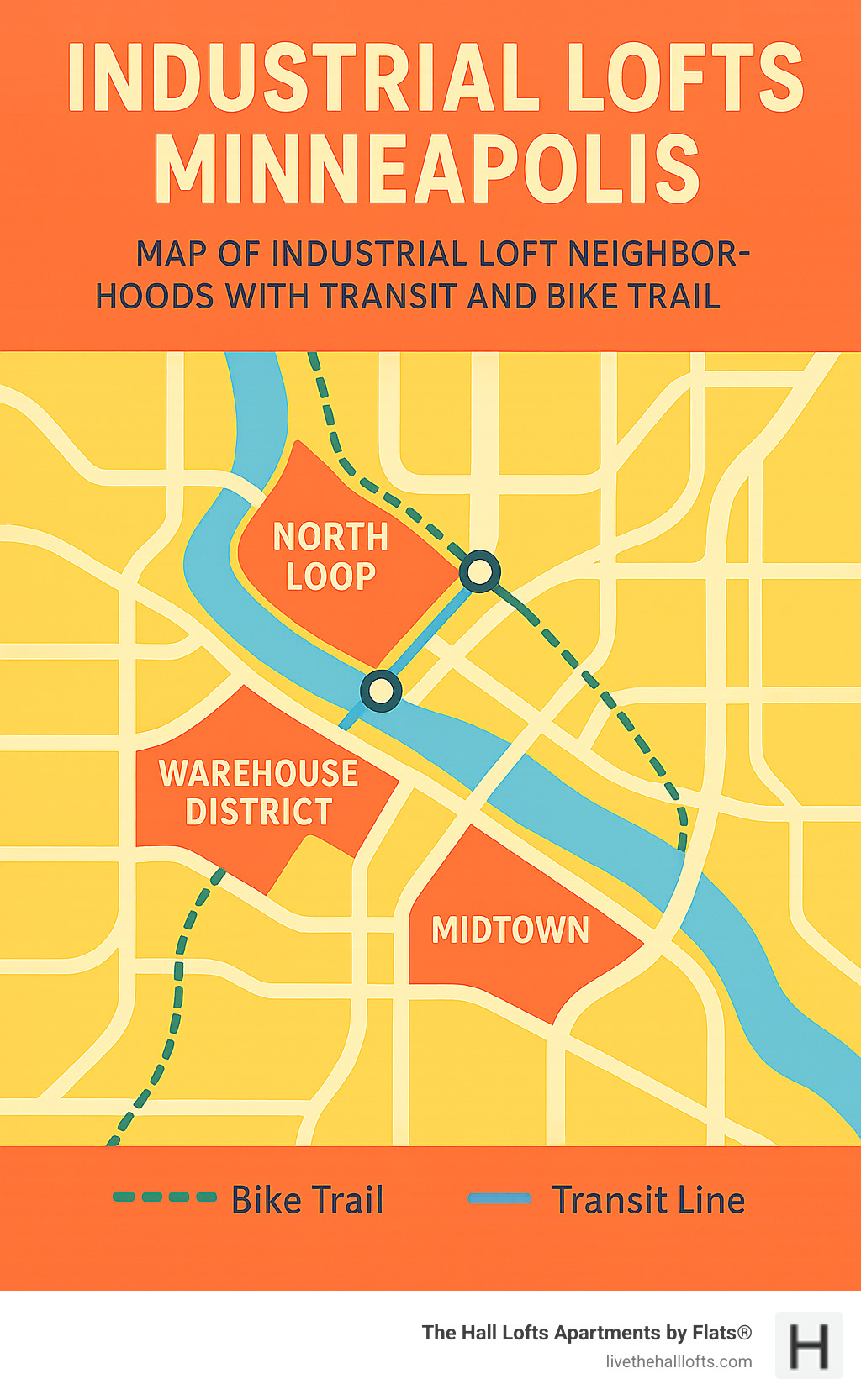
Conclusion
Industrial lofts Minneapolis offer a rare chance to live inside the city’s history while enjoying every modern comfort. With exposed brick, massive windows, and amenities like rooftop decks and in-unit laundry, these spaces put style and substance at the heart of urban living.
The North Loop remains the heartbeat of this movement, but new neighborhoods are joining the renaissance every year. Whether drawn by the creative community, the convenience of downtown, or simply the thrill of living somewhere with real character, Minneapolis industrial lofts check every box.
Ready to take the next step? Explore floorplans and book a tour of Lofts in Minneapolis—and find a new way to call the city home.

